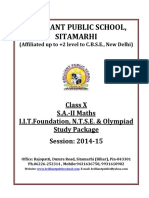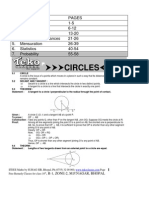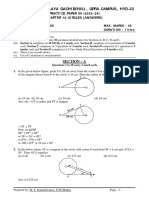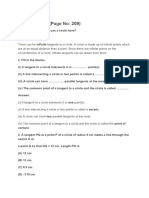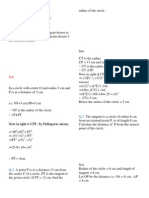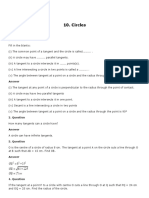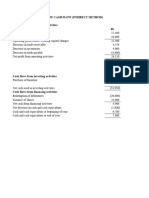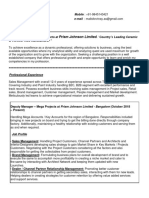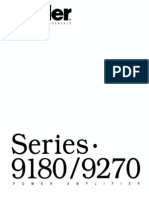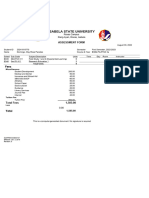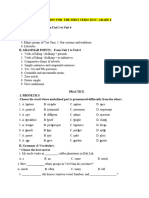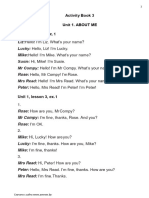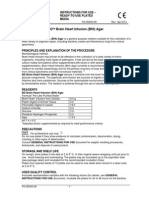0% found this document useful (0 votes)
89 views14 pagesCIRCLE MATHS - Solution
This document is a mathematics examination paper for Class X, focusing on circle geometry. It includes multiple-choice questions and proofs related to tangents, chords, and properties of circles, with a total of 40 marks. The paper tests students' understanding of theorems and their applications in solving geometric problems.
Uploaded by
Yash SirCopyright
© © All Rights Reserved
We take content rights seriously. If you suspect this is your content, claim it here.
Available Formats
Download as PDF, TXT or read online on Scribd
0% found this document useful (0 votes)
89 views14 pagesCIRCLE MATHS - Solution
This document is a mathematics examination paper for Class X, focusing on circle geometry. It includes multiple-choice questions and proofs related to tangents, chords, and properties of circles, with a total of 40 marks. The paper tests students' understanding of theorems and their applications in solving geometric problems.
Uploaded by
Yash SirCopyright
© © All Rights Reserved
We take content rights seriously. If you suspect this is your content, claim it here.
Available Formats
Download as PDF, TXT or read online on Scribd
/ 14















